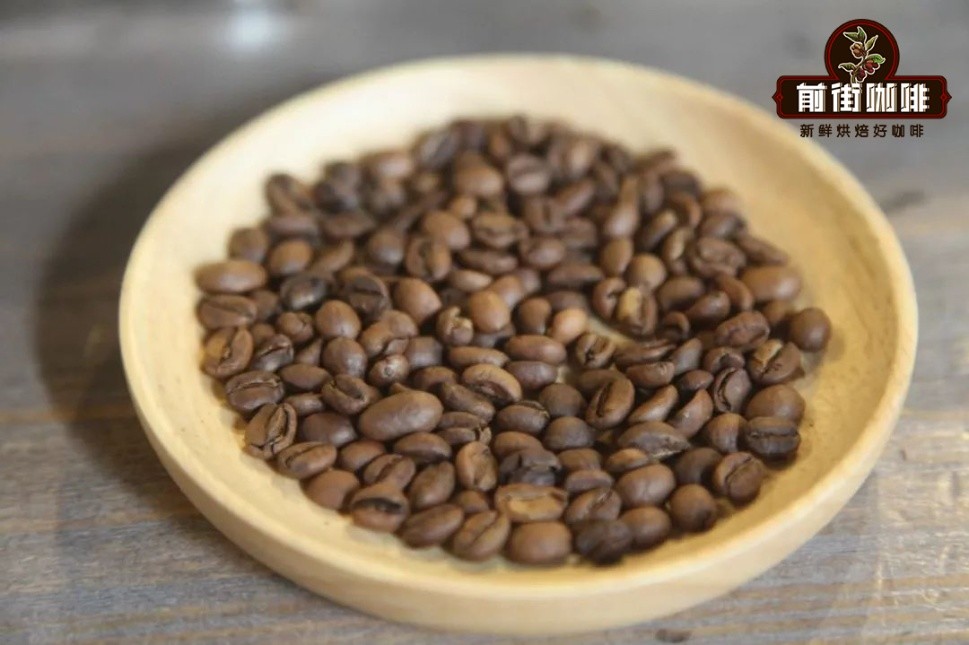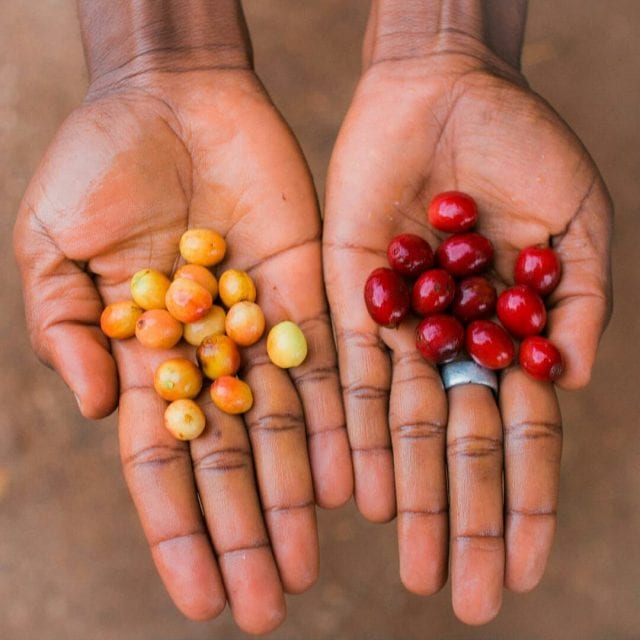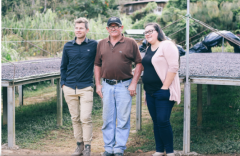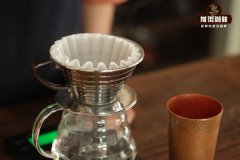Introduction of Coffee Bean species in Candle Manor, Costa Rica characteristics of hybrid coffee beans of Kaddura and Kaduai
In front of the street, there is a Costa Rican coffee from Rose Summer Coffee from small Candle Manor. About the story about small Candle Manor, you can look for our previous article.

Although there is only rosy summer coffee from Candle Manor in front of the street, there are actually other varieties of coffee in Candle Manor. In front of the street, let's take a look at the other kinds of coffee beans in Candle Manor.
The Caturra coffee variety is developed by Instituto Agronomico, the Alcides Carvalho Coffee Center in IAC, Sao Paulo, Brazil.
In 1937, IAC received seed samples of genetic material derived from the border between Minas Gerais and Espiritu Santo. It comes from red Caturra and yellow Caturra varieties. The two varieties originated from a natural mutation of bourbon red, originally a tall coffee shrub found in Serra do Capara ó, which is now a mountainous national park northeast of Rio de Janeiro.
These are the main agronomic characteristics of red and yellow Caturra varieties:
1. It is small in size and has reduced internodes, leaves and lateral branches, providing a compact appearance for coffee shrubs.
two。 This is the first naturally occurring coffee mutation found, with small size and high yield.
3. Their cups are of very good quality because their genetic composition is almost 100% bourbon.
4. The conditions under which they planted Kaddura in Brazil showed low cold resistance and lack of vitality after several harvests, leading to premature drying up of yields.

The cross between high yield Mundo Novo and compact Caturra was made by Instituto Agronomico (IAC) in the state of Campinas Sao Paulo, Brazil. Compared with bourbon, this variety is more productive, in part because it is small enough to keep plants close together; it can be planted at nearly twice the density. The shape of plants makes it relatively easy to deal with diseases and insect pests. The main features are large momentum and low height; it is not as compact as Caturra. It is very vulnerable to coffee leaf rust.
Catua í comes from Guarani multo mom, which means "very good." Today, it is considered to have good but not very good cup quality. There are two kinds of yellow fruit and red fruit, and then there are many choices in different countries. This variety was produced by crossing yellow Caturra and Mundo Novo in 1949 and was originally called Hmur2077. The variety was released in Brazil in 1972 after pedigree selection (through successive generations of selection of individual plants) and was widely cultivated there. It was first launched in Honduras in 1979 and was tested by Instituto Hondure ñ o del Caf é (IHCAF É). After selecting two planting lines in IHCAF É, it was commercially released in 1983. In today's Honduras, Catui accounts for nearly half of all Arabica coffee grown. Researchers at IHCAF É are actively seeking breeding with Catuai, including the creation of hybrids between Catuai and Timor hybrids.
It is also of great economic significance in Costa Rica. Yellow fruit Catuai was introduced in Costa Rica in 1985, and its descendants have been widely spread in the country. It was introduced to Guatemala in 1970; currently, about 20 per cent of the country's production is Catuai. Its presence in other Central American countries is negligible.
Catuai is small, so it can be planted intensively and harvested more efficiently, which partly led to the intensive cultivation of all-day coffee in Central America in the 1970s and 1980s.
Important Notice :
前街咖啡 FrontStreet Coffee has moved to new addredd:
FrontStreet Coffee Address: 315,Donghua East Road,GuangZhou
Tel:020 38364473
- Prev

Brief introduction of small Candle Manor in Costa Rica how to make the excellent characteristics of Costa Rican rose summer coffee beans
In front of the Costa Rican Coffee Candle Manor, the washing rose summer has always been the white moonlight of rose coffee lovers, the price is not high and has a very excellent flavor: very strong aromas of white flowers and citrus, strong lemon acidity. The sweetness of honey and the sense of tea in the end make it a good bean. Qianjie is here to introduce Goss.
- Next

Coffee Champagne-Jamaican Blue Mountain Coffee Clifton Blue Mountain Coffee Historical Story growing Environment characteristics
There are always guests in the Blue Mountain Coffee Shop in Jamaica who ask for a cup of Blue Mountain Coffee and feel confident that Blue Mountain Coffee is the best coffee. The best coffee = Blue Mountain Coffee can't be so absolute, but it's not a bad thing, at least it proves that Blue Mountain Coffee is famous, and it deserves the title. The perfect balance of acidity, mellow thickness and aroma of Blue Mountain Coffee in front street
Related
- Detailed explanation of Jadeite planting Land in Panamanian Jadeite Manor introduction to the grading system of Jadeite competitive bidding, Red bid, Green bid and Rose Summer
- Story of Coffee planting in Brenka region of Costa Rica Stonehenge Manor anaerobic heavy honey treatment of flavor mouth
- What's on the barrel of Blue Mountain Coffee beans?
- Can American coffee also pull flowers? How to use hot American style to pull out a good-looking pattern?
- Can you make a cold extract with coffee beans? What is the right proportion for cold-extracted coffee formula?
- Indonesian PWN Gold Mandrine Coffee Origin Features Flavor How to Chong? Mandolin coffee is American.
- A brief introduction to the flavor characteristics of Brazilian yellow bourbon coffee beans
- What is the effect of different water quality on the flavor of cold-extracted coffee? What kind of water is best for brewing coffee?
- Why do you think of Rose Summer whenever you mention Panamanian coffee?
- Introduction to the characteristics of authentic blue mountain coffee bean producing areas? What is the CIB Coffee Authority in Jamaica?

